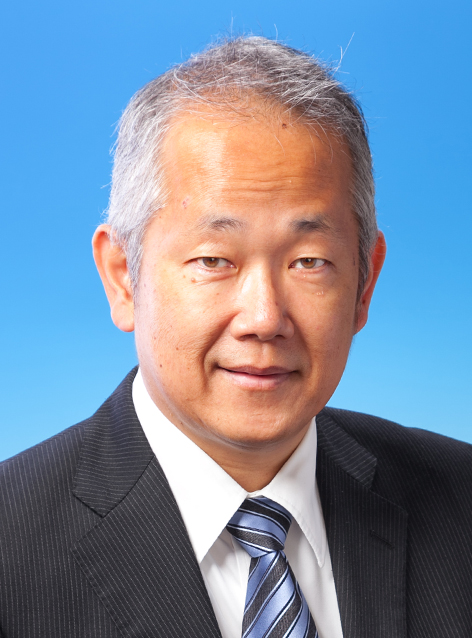
Kohei Shiomoto, Ph.D
塩本 公平
Professor, Department of Intelligent Systems, Faculty of Information Technology, Tokyo City University.
Kohei Shiomoto is a Professor, Tokyo City University, Tokyo Japan. Since joining NTT Laboratories in 1989, he has been engaged in research and development in the data communications industry on high-speed computer network architecture, traffic management, and network analysis to create innovative technologies for the Internet, mobile, and cloud computing. From 1996 to 1997, he was a visiting scholar at Washington University in St. Louis, MO, USA. In 2017, he joined Tokyo City University to engage in research and education on data science and computer networking. Current research interests include data mining for network management, human flow analysis, cloud computing and blockchain. He has published more than 70 academic papers, 130 refereed international conference papers, and 6 RFCs in IETF. He served as Guest Co-Editor for a series of special issues established in IEEE Transactions on Network and Service Management. He has served in various roles organizing IEEE ComSoc conferences including IEEE NOMS, IEEE IM, and IEEE NetSoft. He served as the lead Series editor for the Network Softwarization and Management Series in IEEE Communications Magazine, 2018-2021. He is a Fellow of the Institute of Electronics, Information and Communication Engineers (IEICE), a Senior Member of the IEEE, and a member of the ACM and the Information Processing Society of Japan (IPSJ).